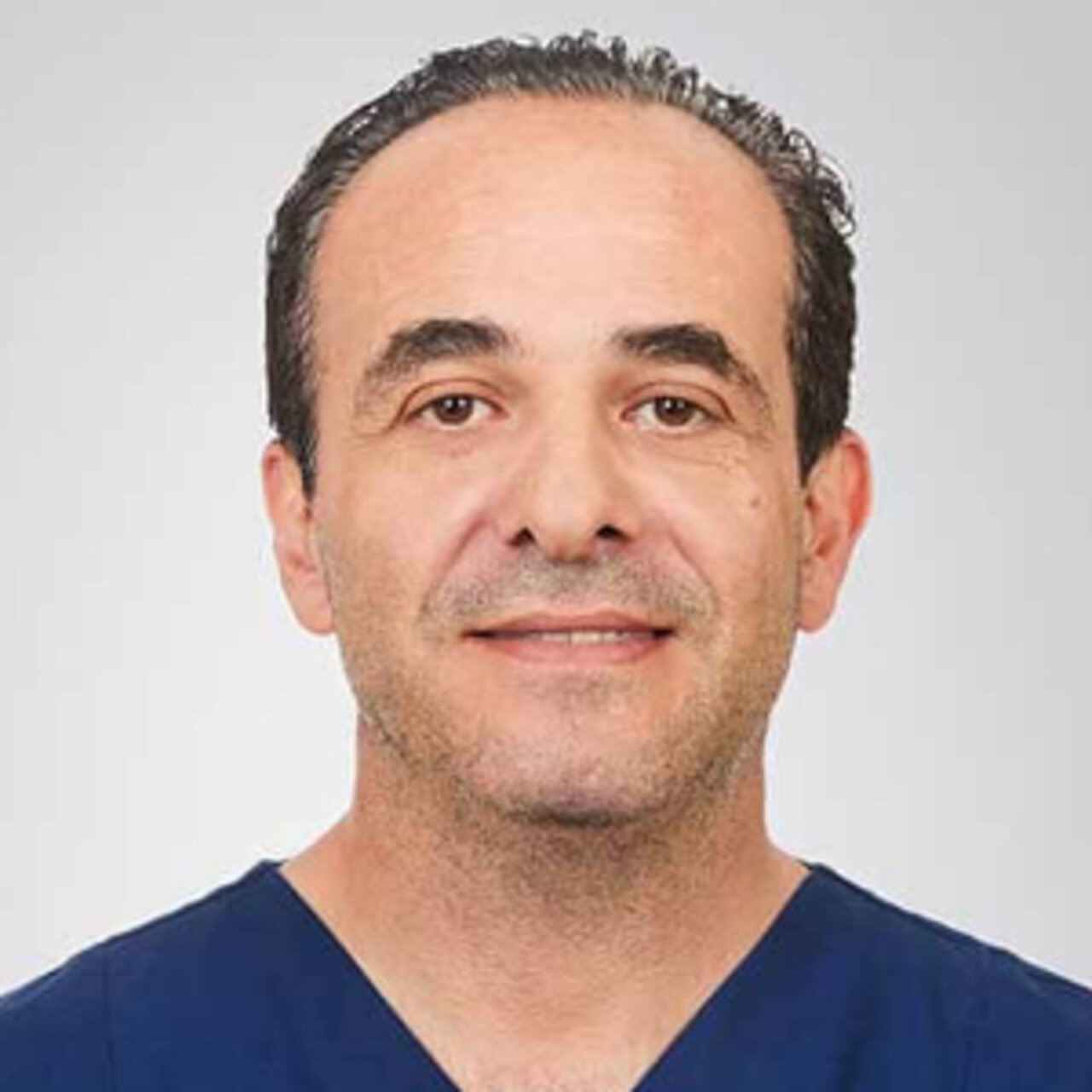Specialists in Myoma
7 Specialists found
Information About the Field of Myoma
Definition: What Are Fibroids?
Myomas of the uterus are among the most common benign growths (tumors) in women. This benign growth is found in one in four women over 30. Such growth can occur either in the uterus (womb) or in the cervix (neck of the womb). However, the latter is rare and occurs in only about 8% of cases.
Myomas have a peak incidence between 35 and 45 years of age and occur more frequently in childless women. They can occur singly but also in large numbers. The latter is referred to as "uterine myomas."
Causes: Why Do Fibroids Develop in the Uterus?
The causes for the development of fibroids are still unclear. However, there is a clear connection between the growth of fibroids and the hormone group estrogens. The more estrogen in the body, the faster the fibroids grow.
Symptoms: How Do Fibroids Become Noticeable?
Myomas are benign and, therefore, slow-growing tumors. As a result, patients do not experience any symptoms in most cases, and the fibroid is discovered by chance during a routine gynecological examination.
If symptoms occur, they are usually bleeding disorders during menstruation, such as intermenstrual bleeding, continuous bleeding, and severe bleeding. Equally frequent is a disturbance of ovulation. Myomas can lead to infertility and an increased rate of miscarriages and premature births.
Since fibroids can grow to enormous sizes over the years, they can displace other structures in the abdomen. This leads to symptoms such as bladder emptying problems, constipation, and back pain. In addition, the fallopian tubes, nerves, and blood vessels can also be dented.
The uterus often reacts to the foreign body with contractions. Therefore, labor-like pain can typically occur.
Specifically, rotation of the fibroid on its attachment (stylet rotation) can result in loss of blood supply to the fibroid, resulting in acute and extremely severe abdominal pain (acute abdomen). A generally poor blood supply to the fibroid, on the other hand, can lead to inflammation, calcification, and similar.
On the contrary to the usually slow growth, rapid size growth can occur during pregnancy due to the increased estrogen level. In addition, after pregnancy, the fibroids usually shrink.
Diagnosis: How Is a Uterine Fibroid Diagnosed?
A fibroid is a benign tumor that is easy to identify. In most cases, the clues provided by the patient interview and the subsequent physical examination, together with an ultrasound examination, are sufficient for diagnosing a fibroid. The tumor can be easily palpated due to its rough texture. The surrounding uterine tissue is much softer.
In the ultrasound examination, the fibroid appears surrounded by a capsule and therefore distinguishable from the surrounding musculature. The fibroid can be located either directly in the muscle wall, behind the muscle layer (towards the abdominal cavity), or in front of the muscle layer (towards the uterine cavity).
Smaller fibroids are usually palpable but not visible. Larger fibroids can grow to enormous sizes and bulge significantly like a sac.
In case of rapid growth (and exclusion of pregnancy), a malignant myoma (so-called leiomyosarcoma) should be excluded. However, this is extremely rare and affects only about 0.1% of tumors classified as fibroids.
Treatment: Which Methods Are Available for Fibroid Removal?
A fibroid that does not cause any symptoms does not require any therapy. However, to avoid missing any malignancy, size checks of the fibroid should be made at certain intervals, as rapid growth would indicate a malignant tumor. If you have symptoms, different types of therapy are possible. Your myoma specialist will discuss in detail which option is advisable in your case.
Myoma Surgery
Surgery is the first choice, especially in (acute) complications. These include severe bleeding, stem torsion, infection or obstruction of the ureter, and infertility. In particular, if a malignant tumor cannot be excluded, surgery to remove the tumor should be carried out.
The surgery is usually carried out by completely removing the uterus (hysterectomy) if the desire to have children is fulfilled. On the other hand, if the uterus is supposed to be preserved due to a desire to have children, the fibroids are peeled out of their capsule. Then, depending on the location, the surgery is carried out through an abdominal incision, a minimally invasive laparoscopy, or through the vagina using hysteroscopy.
Myoma Removal Without Surgery
Myoma embolization
In some instances, women with fibroids can also achieve freedom from symptoms by targeted closure of the vessels supplying the fibroids (myoma embolization.
Radiofrequency Ablation (RFA)
In transvaginal radiofrequency ablation, a probe is inserted vaginally into the uterus. The exact location of the fibroid is determined by ultrasound and then heated. This causes the fibroid to shrink, resulting in a significant improvement in symptoms.
HIFU Therapy for Uterine Fibroids
High-intensity focused ultrasound (HIFU) therapy is a gentle method of treating fibroids using ultrasound waves. The HIFU method does not require surgery or anesthesia. Patients can leave the clinic after 4-6 hours. Pregnancy is usually possible after six months without any restrictions.
Hormone Therapy
Certain medications that reduce estrogen dominance can be given if surgery is unnecessary. However, in this case, the side effects such as osteoporosis must be taken into account in the case of continuous administration.
What Is the Prognosis and Course of the Disease in Fibroids?
Treatment of fibroids is only helpful if symptoms are present. Since fibroids grow slowly, surgery is the method of choice for severe symptoms. Medications can stop the growth of fibroids over the period they are taken and can even shrink fibroids. However, growth continues after the medication is stopped.
During pregnancy, rapid growth in size is to be expected, which, depending on size, may also pose risks to the unborn child.
As the fibroids recede in post-menopause (after the last period) due to the lack of estrogen, the symptoms also disappear. New fibroids then no longer appear.
Sources:
http://www.ag-endoskopie.de/patientinnen/myome?showall=1
Stauber, Manfred; Weyerstahl, Thomas (2007): Gynäkologie und Geburtshilfe. 3., aktualisierte Auflage. Stuttgart: Georg Thieme (Duale Reihe).
Keck, Christoph; Denschlag, Dominik; Tempfer, Clemens (2004): Facharztprüfung Gynäkologie und Geburtshilfe. 1000 kommentierte Prüfungsfragen ; 6 Tabellen. Stuttgart: Thieme.
Strauss, Alexander; Heer, Ivo Markus; Müller-Egloff, Susanne; Burges, Alexander (2008): Ultraschallpraxis. Geburtshilfe und Gynäkologie. 2., vollständig überarbeitete Aufl. Heidelberg: Springer Medizin.






